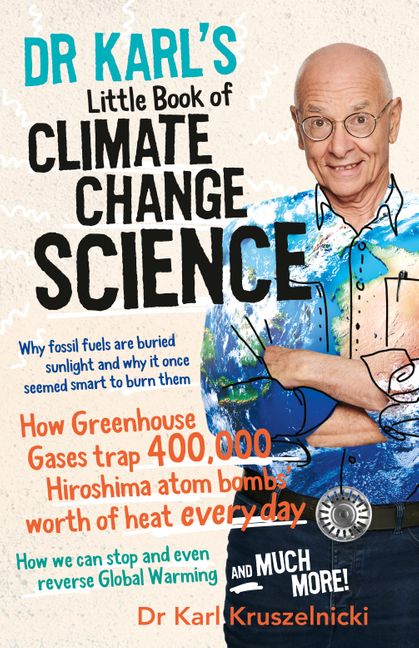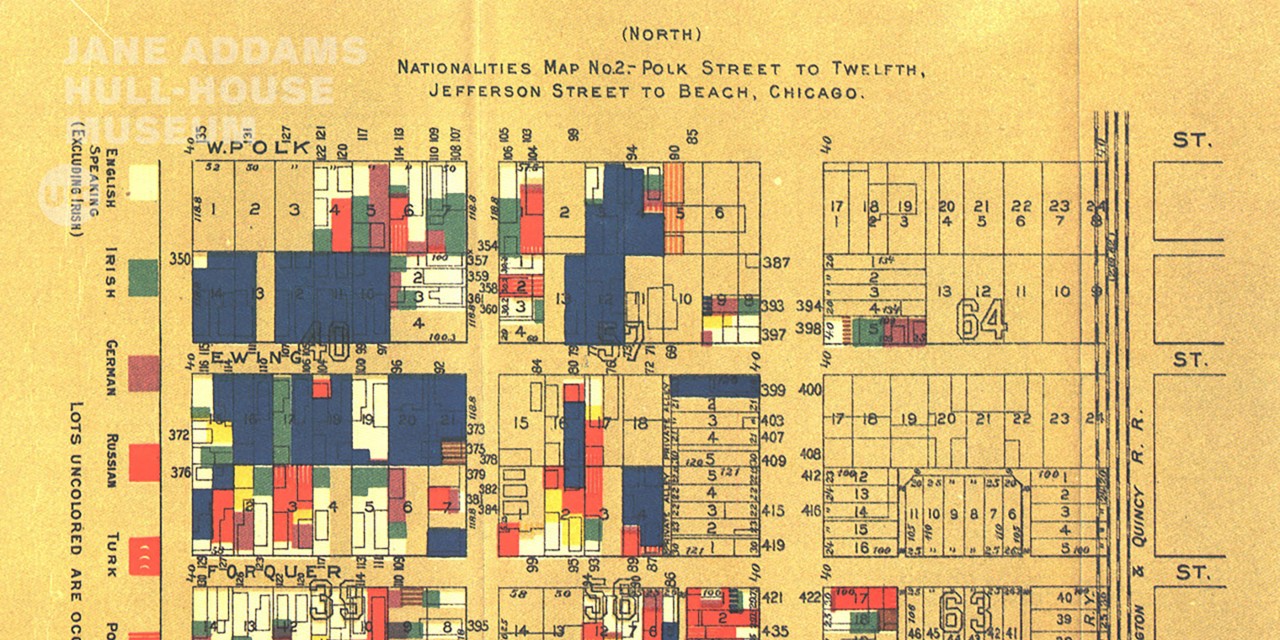
Environmental Protection Agency Awards $20 Billion in Green Bank Grants
As part of a push to supercharge disadvantaged communities and the green transition, the Environmental Protection Agency (EPA) announced a major grants investment that aims to unlock development for a variety of low carbon projects. On April 4th, the EPA awarded $20 billion in federal “green bank” grants to eight community development banks and nonprofit organizations to use on projects combating climate change in disadvantaged communities, helping to reduce emissions and bring the country closer to equality.
Projects Supporting Sustainable Development Goals
The projects funded by the grants vary from residential heat pumps and other energy-efficient home improvements to electric vehicle charging stations and community cooling centers, according to the announcement.
Recipients of the Grants
- The Coalition for Green Capital – a nonprofit working with a nationwide network of state, local, and nonprofit green banks that received $5 billion.
- The Power Forward Communities – a nonprofit coalition formed by five housing, climate, and community investment groups that received $2 billion.
- Appalachian Community Capital – a nonprofit community development financial institution working with lenders in Appalachia that received $500 million.
- The Greenhouse Gas Reduction Fund – a $27 billion bank, one of many federal efforts to invest in solutions that cut planet-warming greenhouse gas emissions and address human-caused climate change.
- The National Clean Investment Fund – a $14 billion program that granted money to three nonprofits that will partner with states and the private sector to provide affordable financing for projects across the country.
- The Clean Communities Investment Accelerator – a $6 billion program that granted money to five institutions that will work with other groups to establish hubs that make funding and technical assistance accessible to community lenders.
For each $1 of federal investment, the recipients committed to spending $7 in private sector funding to “reduce or avoid” 40 million metric tons of CO2 each year. Additionally, 70% of the investment will go towards disadvantaged and low-income communities – those often passed over by commercial banks and investors and who are still disproportionately affected by climate change.
Importance of the Grants
“I do think this is a really important part of our national strategy to reduce greenhouse gas emissions and engage every community in the clean energy revolution… Now we just need to work very hard on implementation,” commented Maryland Sen. Chris Van Hollen for The Associated Press in an interview.
Despite opposition from some Republicans in Congress who called the green banks initiative a “slush fund” and expressed concerns over accountability and transparency, organizations like Connecticut’s Green Bank have successfully tracked the impact of their programs and have been deemed to be boosting the communities they serve.
SDGs, Targets, and Indicators in the Article
1. Which SDGs are addressed or connected to the issues highlighted in the article?
- SDG 7: Affordable and Clean Energy
- SDG 11: Sustainable Cities and Communities
- SDG 13: Climate Action
- SDG 17: Partnerships for the Goals
2. What specific targets under those SDGs can be identified based on the article’s content?
- SDG 7.2: Increase substantially the share of renewable energy in the global energy mix.
- SDG 11.3: Enhance inclusive and sustainable urbanization and capacity for participatory, integrated, and sustainable human settlement planning and management in all countries.
- SDG 13.2: Integrate climate change measures into national policies, strategies, and planning.
- SDG 17.17: Encourage and promote effective public, public-private, and civil society partnerships, building on the experience and resourcing strategies of partnerships.
3. Are there any indicators mentioned or implied in the article that can be used to measure progress towards the identified targets?
The article mentions that for each $1 of federal investment, the recipients committed to spending $7 in private sector funding to “reduce or avoid” 40 million metric tons of CO2 each year. This commitment can be used as an indicator to measure progress towards SDG 13.2 (Integrate climate change measures into national policies, strategies, and planning).
Table: SDGs, Targets, and Indicators
| SDGs | Targets | Indicators |
|---|---|---|
| SDG 7: Affordable and Clean Energy | 7.2: Increase substantially the share of renewable energy in the global energy mix. | N/A |
| SDG 11: Sustainable Cities and Communities | 11.3: Enhance inclusive and sustainable urbanization and capacity for participatory, integrated, and sustainable human settlement planning and management in all countries. | N/A |
| SDG 13: Climate Action | 13.2: Integrate climate change measures into national policies, strategies, and planning. | Commitment to spending $7 in private sector funding to “reduce or avoid” 40 million metric tons of CO2 each year. |
| SDG 17: Partnerships for the Goals | 17.17: Encourage and promote effective public, public-private, and civil society partnerships, building on the experience and resourcing strategies of partnerships. | N/A |
Behold! This splendid article springs forth from the wellspring of knowledge, shaped by a wondrous proprietary AI technology that delved into a vast ocean of data, illuminating the path towards the Sustainable Development Goals. Remember that all rights are reserved by SDG Investors LLC, empowering us to champion progress together.
Source: carbonherald.com

Join us, as fellow seekers of change, on a transformative journey at https://sdgtalks.ai/welcome, where you can become a member and actively contribute to shaping a brighter future.





